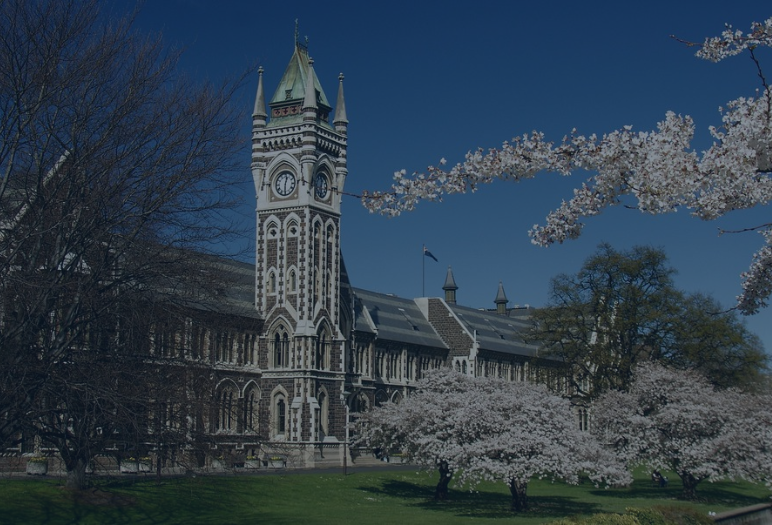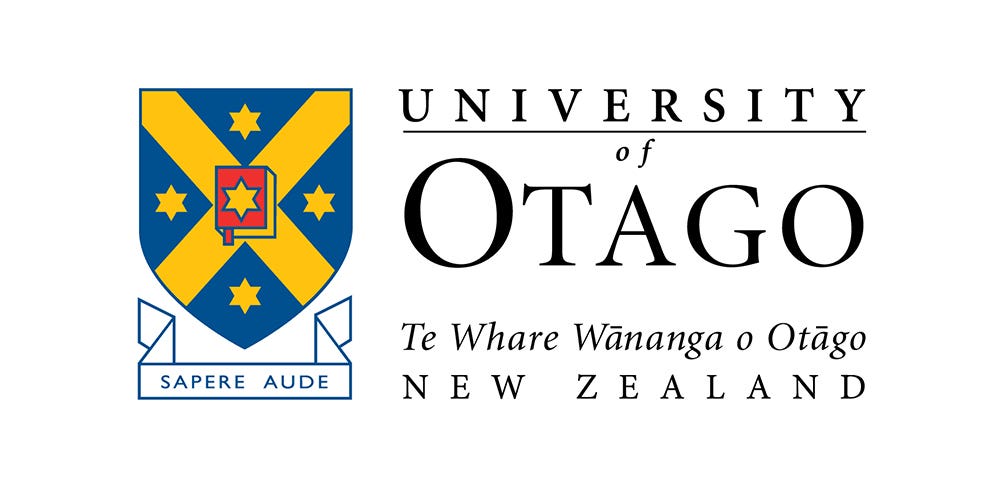Loading...
Checkout using your account
Checkout as a new customer
Creating an account has many benefits:
- See order and shipping status
- Track order history
- Check out faster
Checkout using your account
Checkout as a new customer
Creating an account has many benefits:



New Zealand's oldest university, The University of Otago, was founded in 1869 by an ordinance of the Otago Provincial Council. The new university was given 100,000 acres of pastoral land as an endowment and authorised to grant degrees in arts, medicine, law, and music. Since 1961, when its roll was about 3,000, the university has expanded considerably (in 2010, there were about 21,000 students enrolled) and has broadened its range of qualifications to include undergraduate programmes. These programmes include surveying, pharmacy, medical laboratory science, education, physiotherapy, applied science, dental technology, medical radiation therapy, dental hygiene and dental therapy (now combined in an oral health programme), and biomedical sciences, as well as specialised postgraduate programmes in a variety of disciplines.
Overview
|
Company |
University of Otago |
|
Industry |
Education |
|
Solutions |
Blade System |


After an investigation of the university's requirements, it was clear that a significant number of systems would be required to run software for bioimaging projects. These datasets consist of huge amounts of data that require massive computer power to render these images in the shortest time possible.
Originally, DiGiCOR discovered the need after we had quoted for a server, however, when we re-quoted for this part, we realised that the university would need additional equipment to meet performance requirements, so high density and a smaller footprint were added to the solution. Digicor initially quoted both the FatTwin and Blade systems. We helped the customer to analyse the pros and cons of each one, and the Blade system stands out due to its high speed network (40Gb InfiniBand) integration and better expandability over FatTwin and other high-density solutions.
At the end of 2014, the University of Otago and their school of Biomedical Sciences fully rolled out the bio-imaging project that has potential to go worldwide. With the help of DiGiCOR and the solution provided, that realisation is now another step closer.


